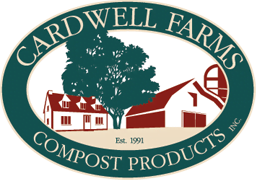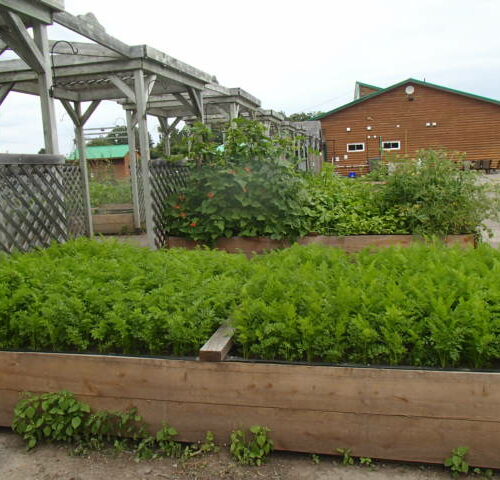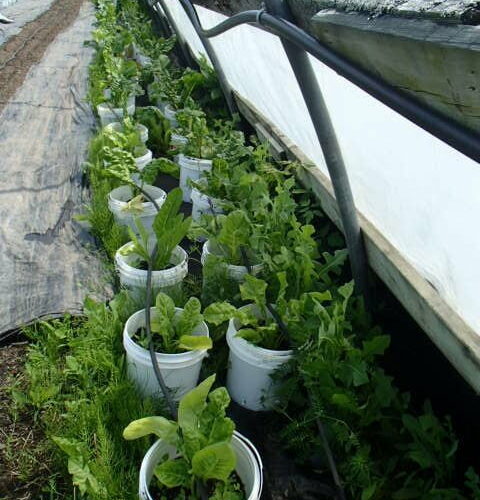In a nutshell:
Composting is the natural recycling process of organic matter into fertilizer. This is made possible by the micro-organisms that exist naturally in the soil to make an ideal humus soil conditioner.
Some Soil Science:
Regular addition of compost to soil will inevitably provide benefits for the growth of plants and the soil structure will improve. Humus contains substances that cause gathering of soil particles.
In clay soil this means that the microscopic individual particles will be joined and more air spaces will be opened up. Without these air spaces the clay particles stick tightly to each other, forming a nearly impenetrable barrier to water and gases. This is why the clay is so sticky when wet and hard when dry.
In sandy soils, the large sand particles are grouped with humus as well, which increases the nutrient content and moisture-holding capacity of the sandy soil.
When a soil’s pH is increased, the most economical way to correct the condition is to add compost, which will bind the extra basic ions that would otherwise result in a high pH
Humic acids?
A less widely recognized benefit of compost lies in its humic and other organic acids content. Humic acids are Ph buffers which bind salts, heavy metals, toxics, pesticides, and a variety of other reactive or ionic materials, making them unavailable for plant uptake. This translates to healthier crops!
Humic acids also improve soil physical properties, boost trace nutrient availability and regulating the nutrient release.
Because of the excellent ion exchange on humus particles, humus also increases the buffering capacity of the soil. This condition helps to prevent rapid leaching of lime and nutrients as well as reducing the effects of over-liming and over-fertilizing.
Root zone fungi
Mycorrhizal fungi, which have been proven to benefit plants through their association with plant roots, are also prolific in high humus soil.
Summary:
Finally, the products of the composting process contain common nutrient elements (Nitrogen, Phosphorous, Potassium, Magnesium, etc.) found in synthetic fertilizers, as well as many trace elements not available from commonly used synthetic fertilizers.
Consistent use of compost and other organic matter will result in a mahogany brown or blackish soil, which increases heat-absorbing capabilities to some extent. Compost reduces soil erosion by holding water so it can percolate into lower soil layers rather than run off, carrying soil particles with it. Compost also reduces crusting of the soil surface by slowing evaporation. Compost provides nutrition for earthworms, soil insects, and micro-organisms, many of which will help balance the populations of less desirable soil fauna over time.



